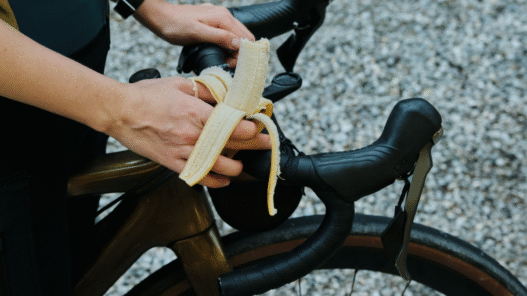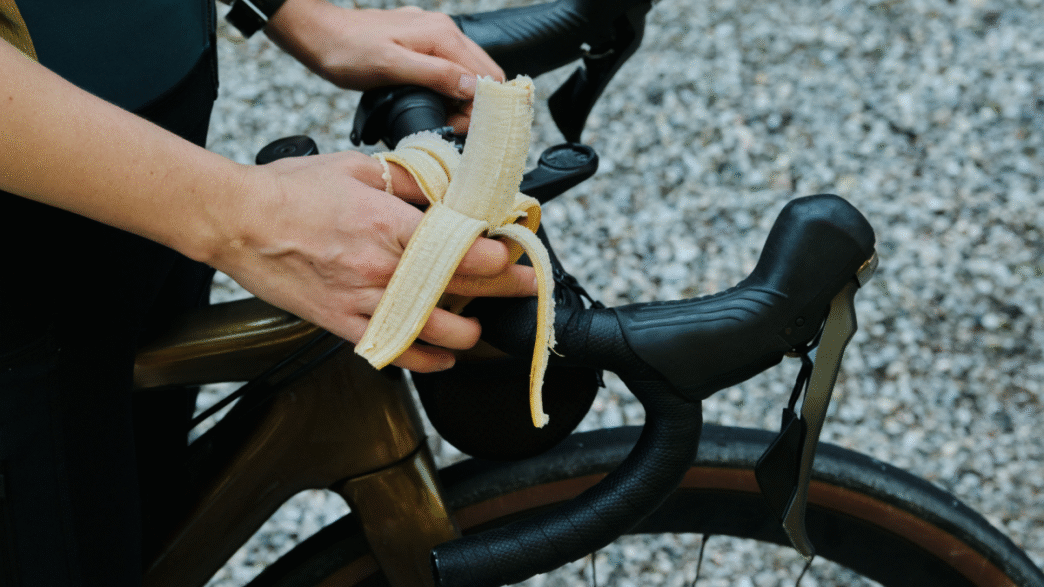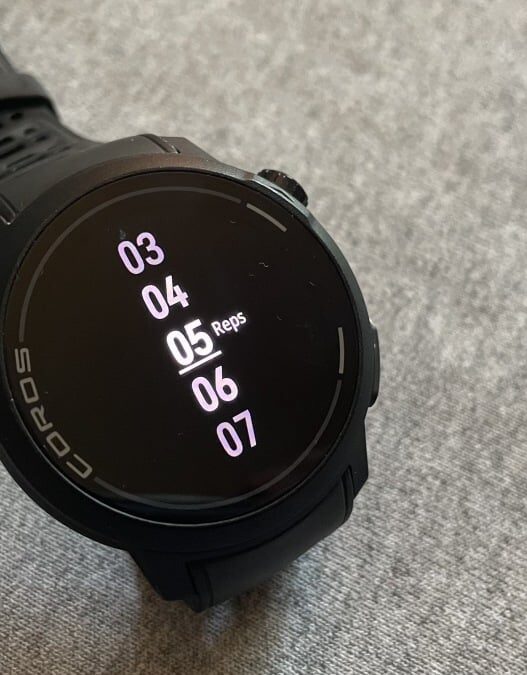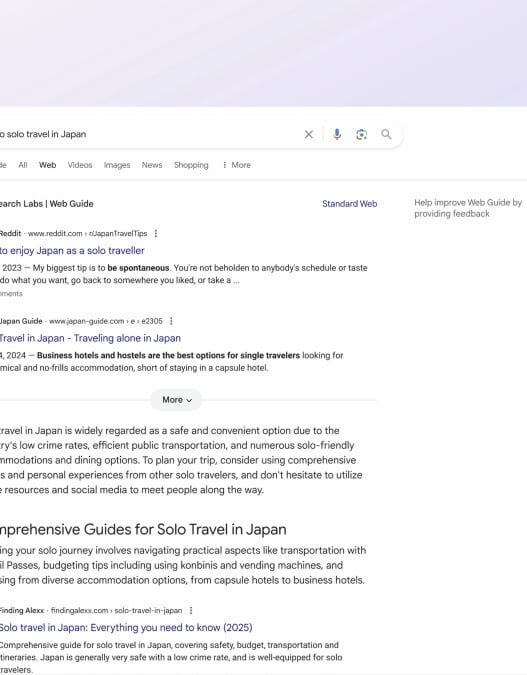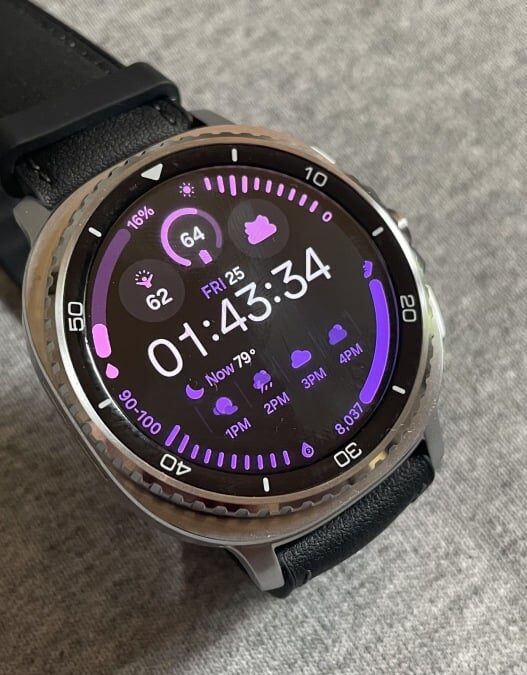Learning how to properly fuel is crucial for endurance athletes—just ask me about how I use Gu to get through running marathons. However, it took a lot of trial and error (and no small amount of gastric distress) before I understood how and when to fuel during long runs. I would've loved some sort of guidance along my journey, or even some raw data I could've leaned on for insights.
Now, popular fitness app TrainingPeaks has launched a mighty intriguing—and potentially misunderstood—feature that could help serve this purpose: Fueling Insights. Developed with physiologist Dr. Iñigo San Millán, the tool promises to “translate your power meter data into precise estimates of carbohydrate and fat burn” during cycling workouts. It's innovative, scientifically grounded—and likely to be fairly misinterpreted by the very athletes it's designed to help.
The promise and the science
During exercise, your muscles need a lot of fuel. The calories they burn come from two main sources: fats and carbohydrates. Fat is the main source at rest and for low intensity exercise, but the harder you work, the more your body relies on carbs in addition to fat. Your body doesn't have long-term stores of carbohydrates the way it does for fat, so that's why athletes pay attention to carbing up before races, and make sure to consume carbs (in the form of gels, drinks, and sometimes even solid food) during longer rides or runs.
How much carbohydrate you need to eat during those efforts is, of course, tied to how much you burn, so getting accurate estimates can help you to figure out how to fuel. Elite cyclists will do exercise tests in a lab to get estimates of their personal fuel use, but most casual runners and cyclists aren't doing anything of the sort.
TrainingPeaks' concept is genuinely compelling: Instead of relying on generic calorie estimates based on weight and heart rate zones, Fueling Insights draws from over 250 lab-calibrated metabolic tests conducted by San Millán using respiratory exchange rate (RER) equipment. The system categorizes athletes into four metabolic profiles based on performance level and gender, then uses power data to estimate real-time carbohydrate and fat oxidation.
The methodology is sound in principle. San Millán's research revealed consistent patterns: recreational athletes burn fuel differently than elite cyclists, and these differences are predictable enough to serve as the basis for reliable models. The higher your power output, the more your body shifts toward burning carbohydrates instead of fat—a well-established physiological principle that the algorithm attempts to quantify in grams per hour.
When Lifehacker senior health editor Beth Skwarecki completed a VO2max test, her lab data bore this out, revealing when she was burning carbs versus fat, and just how much of each she was burning. Her respiratory exchange rate indicated that her body was using mainly fat during the couple of minutes she was walking for a warmup. When the test ramped up to a jog, she was burning about 2-3 grams of carbs per minute from that point onward, with carbs being 85% or more of the fuel used, and fat 15% or less. In the last few minutes of the test, when things got really intense, carbohydrate use estimates were more like 3-4 grams per minute.
TrainingPeaks highlights how San Millán's work with Tour de France riders helped pioneer the current high-carbohydrate fueling strategies that have become standard in professional cycling. His lab findings directly challenged conventional wisdom and pushed intake recommendations from 35-55 grams per hour to 80-125 grams per hour.
How useful is this data?
Here's where enthusiasm should meet a healthy dose of skepticism. TrainingPeaks is essentially extrapolating from lab data collected during controlled ramp tests to predict fuel use during real-world workouts involving variable intensities, environmental conditions, and individual metabolic states. That's a significant leap to make with confidence.
The company acknowledges some key limitations, though perhaps not prominently enough. The model assumes a “fed state”—meaning it may be less accurate for fasted training. It's currently cycling-only, because running power meters lack the precision and adoption of cycling power meters. And most importantly, the carbohydrate burn numbers it produces represent what your muscles oxidized, not what you need to consume during the ride.
This last point cannot be overstated: When Fueling Insights tells you that you burned 600 grams of carbohydrates during a four-hour ride, that doesn't mean you need to consume 600 grams of carbs during that ride. TrainingPeaks recommends replacing roughly 50% of the carbohydrate burn, accounting for existing glycogen stores and digestive limitations. This doesn't make for half as flashy a headline, but hopefully cyclists will grasp the nuance.
The fat burn numbers also shouldn't be taken as any kind of advice about how much fat should be in your diet. These fueling estimates are all about your body's internal accounting—what calories it draws from where during exercise—not about the balance of macros in your overall diet.
What do you think so far?
How the data can shape your routines
TrainingPeaks recognizes that its numbers could easily be misinterpreted and has built a helpful FAQ to address the problem. Yet the explanations feel inadequate for the complexity they're introducing into the mix: The average cyclist seeing “800g CHO burned” is likely to either panic about their fueling deficit or attempt to consume impossible amounts of carbohydrates, potentially leading to, well, some gnarly gastrointestinal distress.
I'd add that the choice to separate users into four metabolic profiles add another layer of potential confusion. Athletes must self-select their category, but the distinction between “competitive” and “trained” isn't always clear, and getting this wrong could significantly skew your recommendations.
While Fueling Insights is currently limited to cycling, I'm crossing my fingers that the technology will be used to help runners too. The same basic principle applies: higher power generally means more carbohydrate oxidation. However, running power measurement remains less standardized and accurate than cycling power, so accuracy concerns abound. Plus, if I know runners, I know their fueling strategies are individualized and particular.
The bottom line
The science behind the launch of Fueling Insights is exciting. For coaches working with serious athletes, the tool could provide valuable insights into training stress and fueling strategies over time. But athletes and coaches should consider these numbers as rough estimates rather than precise prescriptions. The tool works best when viewed as part of a broader fueling strategy, not as a replacement for individual experimentation and common sense.
For the time being, maybe the most promising use may be comparative analysis—tracking how fueling demands change across different workouts, identifying particularly carb-intensive sessions, or monitoring trends over a training block. Perhaps some relative insights could even prove more valuable than absolute numbers.
As with any new sports tech, the wise approach is cautious optimism. Consider the insights, but don't let them override years of proven fueling strategies and personal experience. And remember: No algorithm, however sophisticated, can replace the fundamental trial-and-error process of learning what works for you.
Fueling Insights is currently available to TrainingPeaks Premium users for cycling workouts with power meter data.








